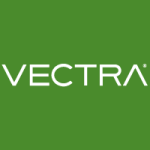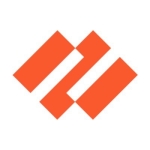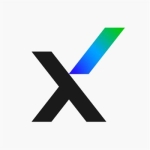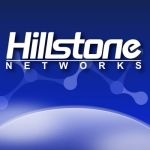What is our primary use case?
My company is a system integrator and we deploy Cisco NGIPS in various contexts, typically in the banking environment and in other high-level security scenarios, depending on our customer requirements.
We normally work with the most current models of Cisco products such as the Catalyst 9000 Series switches and 1000 Series routers.
What is most valuable?
The top features of Cisco NGIPS, which have been working very well, include stateful inspection and the access list-based security configuration. But from my perspective, the best part of Cisco NGIPS is the licensing process, which is very easy and straightforward. It's essentially copy-paste licensing.
The other aspect that I like is the technical support, who are highly capable. They were very good to us during the times that we used them and they tend to reply immediately to queries, even though you might not get the right engineer to help you right away. Tickets are usually assigned to junior staff at first but they do have escalation procedures, so if the support member can't solve the issue then they will immediately escalate it to higher management.
What needs improvement?
The feedback from some of our customers is that they weren't interested in Cisco because it was too complicated to deploy, especially in cloud-related areas.
Something else that our customers have commented on is that, in the current release of Cisco NGIPS that we are using, there have been some issues when they have tried to synchronize Cisco's hardware products with Cisco's management software.
If I recall correctly, the problems came from Cisco's Firepower Management software after we had proposed to our customers to use virtual machines as a cost-saving measure. After setting up the VMs, the software would start crashing, and it greatly disturbed the customers. It is possible that this was related to power issues because most of the time it would crash on power-on or power-off, but at other times it would crash due to incoming firewall traffic. I hope that in future releases, these problems will be solved.
In general, the ASA level features are working very well in Cisco products, but when it comes to the Next-Generation product, it has been somewhat unstable. To remedy this situation, Cisco needs to make the software more stable, easier to manage, and easier to update (possibly with an auto-updating mechanism). The small intricacies of the software product make the system more complicated than it needs to be for our engineers and our customers.
For how long have I used the solution?
I have used Cisco NGIPS for four years.
What do I think about the stability of the solution?
Cisco's stability issues have caused several of our customers to complain directly to the vendor, and if these issues persist into the future I will not be able to continue recommending Cisco NGIPS to our customers. In terms of cost, security, compatibility, and flexibility, there are a lot of products doing better than Cisco, so why would customers keep buying Cisco if they can get better products with more stability? Cisco has to think of their global market first and foremost and fix their issues based on their findings. In our country, Cisco has a good name because they got here first, but a lot of customers have shifted, in terms of security, to other products such as Fortinet and Palo Alto, which have their own Next-Generation firewalls.
What do I think about the scalability of the solution?
Cisco NGIPS is not that easy to scale, in my opinion. However, it can be upgraded, depending on the design. When you propose a design to customers, you have to check their expansion capability in terms of various factors such as how much time and how much employees would have to be involved.
When it comes to the VM products, some of them might not be scalable unless you upgrade your product to the latest version, in which case you have to upgrade the versions one by one. For example, your current version might 5.1 and you are aiming to upgrade to version 10.1. In this case, you would have to upgrade each intermediate version until you reach 10.1.
How are customer service and support?
Cisco's tech support is very good and it was a pleasant experience whenever we used them. They tend to reply immediately, although when it comes to the technical capability of the support you might not get an appropriately skilled engineer to help you right away. However, they do have escalation procedures such that the junior staff will escalate any unsolved issues to higher management.
How was the initial setup?
The ease of installation depends on the engineer. If they aren't trained in Cisco NGIPS or they aren't skilled enough, it's not easy to implement. You have to implement with a highly skilled engineer because it's not simple to deploy Cisco products.
We had one project where we implemented Cisco NGIPS along with a few other products and it took perhaps a week to fully deploy.
What's my experience with pricing, setup cost, and licensing?
The annual licensing tends to be expensive, but in terms of implementing the licenses, it's a very uncomplicated process and as easy as copy-paste in its straightforwardness.
Regarding the affordability of the licensing, if you buy licenses on a yearly or quarterly basis, you might not find much return on investment, but at the same time you will have a better product with regular upgrades and less network interruptions, so this has to be weighed against the costs.
What other advice do I have?
I have decided not to update our use of Cisco NGIPS unless they can solve their issues related to software stability, and thus I cannot fully recommend Cisco NGIPS to other customers at this time.
I would rate Cisco NGIPS a seven out of ten.
Disclosure: My company has a business relationship with this vendor other than being a customer. Integrator

















